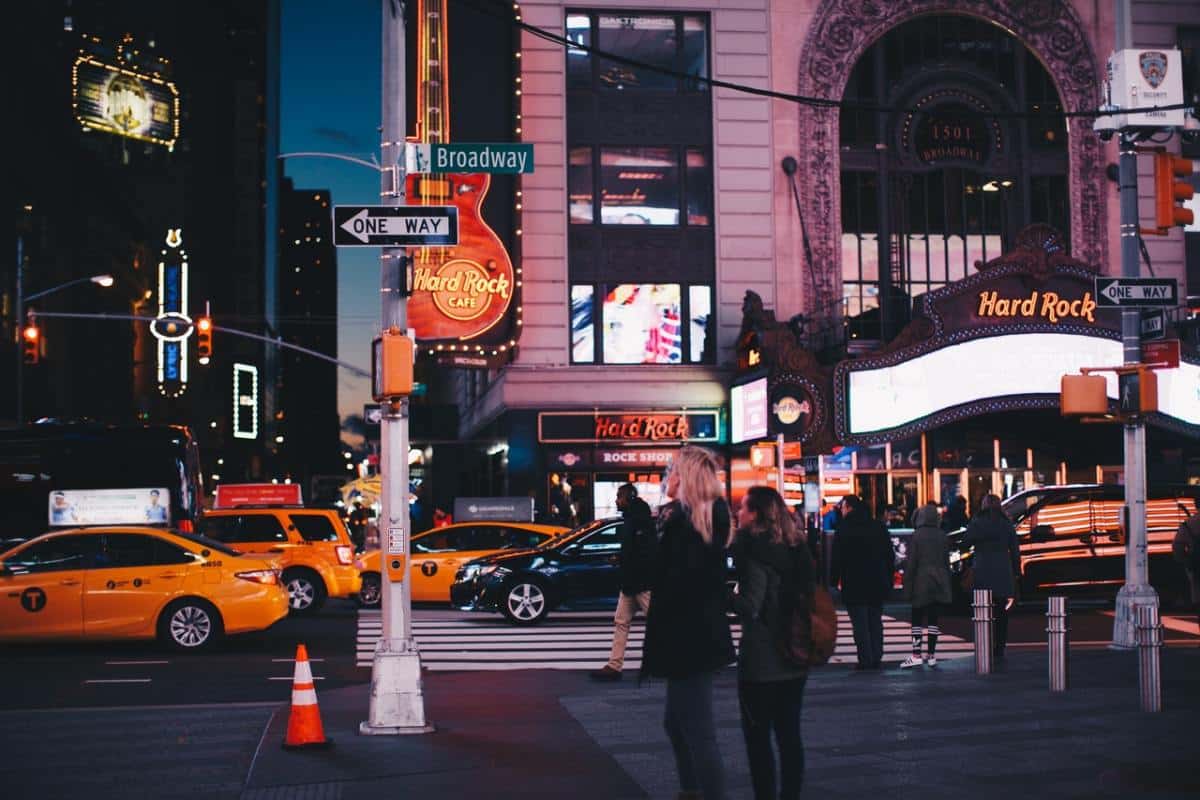Street Photographers Fundamentals Explained
Street Photographers Fundamentals Explained
Blog Article
The Only Guide for Street Photographers
Table of ContentsThings about Street PhotographersA Biased View of Street PhotographersThe 7-Second Trick For Street PhotographersThe Ultimate Guide To Street PhotographersThe Definitive Guide for Street Photographers
Street photographers do not always have a social objective in mind, yet they prefer to isolate and catch moments which could or else go undetected.He was affected by numerous of those who affected the street photographers of the 1950s and '60s, he was not primarily interested in capturing the spirit of the street. The impulse to aesthetically document people in public started with 19th-century painters such as Edgar Degas, douard Manet, and Henri de Toulouse-Lautrec, who functioned side by side with professional photographers attempting to catch the significance of urban life.
Since of the relatively primitive innovation readily available to him and the lengthy direct exposure time called for, he struggled to capture the hustle and bustle of the Paris streets. He explore a collection of photo approaches, attempting to locate one that would certainly permit him to catch activity without a blur, and he discovered some success with the calotype, patented in 1841 by William Henry Fox Talbot. In comparison to Atget, professional photographer Charles Marville was employed by the city of Paris to create an encyclopaedic file of Haussmann's urban planning task as it unravelled, thus old and brand-new Paris. While the digital photographers' subject was basically the exact same, the results were substantially different, demonstrating the effect of the professional photographer's bent on the personality of the images he generated.
Provided the fine quality of his photographs and the breadth of product, designers and musicians often acquired Atget's prints to use as recommendation for their own work, though commercial interests were barely his main motivation. Instead, he was driven to picture every last residue of the Paris he loved.
The Only Guide for Street Photographers
They disclose the city with his eyes. His job and essential understanding of photography as an art type offered as motivation to generations of photographers that adhered to. The future generation of road professional photographers, though they likely did not describe themselves therefore, was introduced by the photojournalism of Hungarian-born photographer Andr Kertsz.
Unlike his peers, Brassa utilized a larger-format Voigtlnder camera with a much longer direct exposure time, compeling him to be a lot more calculated and thoughtful in his technique than he may have been if using a Leica.
Cartier-Bresson was a champion of the Leica camera and one of the very first photographers to optimize its capabilities. The Leica permitted the digital photographer to interact with the surroundings and to catch minutes as they took place. Its reasonably little size likewise aided the professional photographer discolor right into the background, which was Cartier-Bresson's preferred method.
Some Ideas on Street Photographers You Need To Know
It is since of this go to website fundamental understanding of the art of photo taking that he is usually credited with finding the medium around again about a century given that its creation. He took pictures for even more than a half century and influenced generations of professional photographers to trust their eye and instinct in the moment.
These are the concerns I shall attempt to address: And after that I'll leave you with my very own definition of street photography. Yes, we do. Allow's begin with specifying what a definition is: According to (Street Photographers) it is: "The act of specifying, or of making something guaranteed, distinctive, or clear"
No, definitely not. The term is both restricting and deceiving. Appears like a road digital photography need to be images of a streets ideal?! And all street professional photographers, besides a tiny number of absolute beginners, will totally appreciate that a road is not the crucial component to road photography, and actually if it's a picture of a road with maybe a couple of dull people not doing anything of rate of interest, that's not road photography that's a picture of a road.
Not known Factual Statements About Street Photographers
He makes a valid point don't you think? While I agree with him I'm not sure "candid public photography" will certainly catch on (although I do kind of like the term "honest pop over to these guys photography") because "road photography" has actually been around for a lengthy time, with several masters' names attached to it, so I believe the term is below to stay (Street Photographers).
Inside?! I hear you yell as you shake your clenched fist to the sky. Why not? You can shoot at the beach, at a celebration, in a street, in a park, in a piazza, in a cafe, at a museum or art gallery, in a metro station, at an event, on a bridge, under a bridge ...

Little Known Facts About Street Photographers.

Report this page